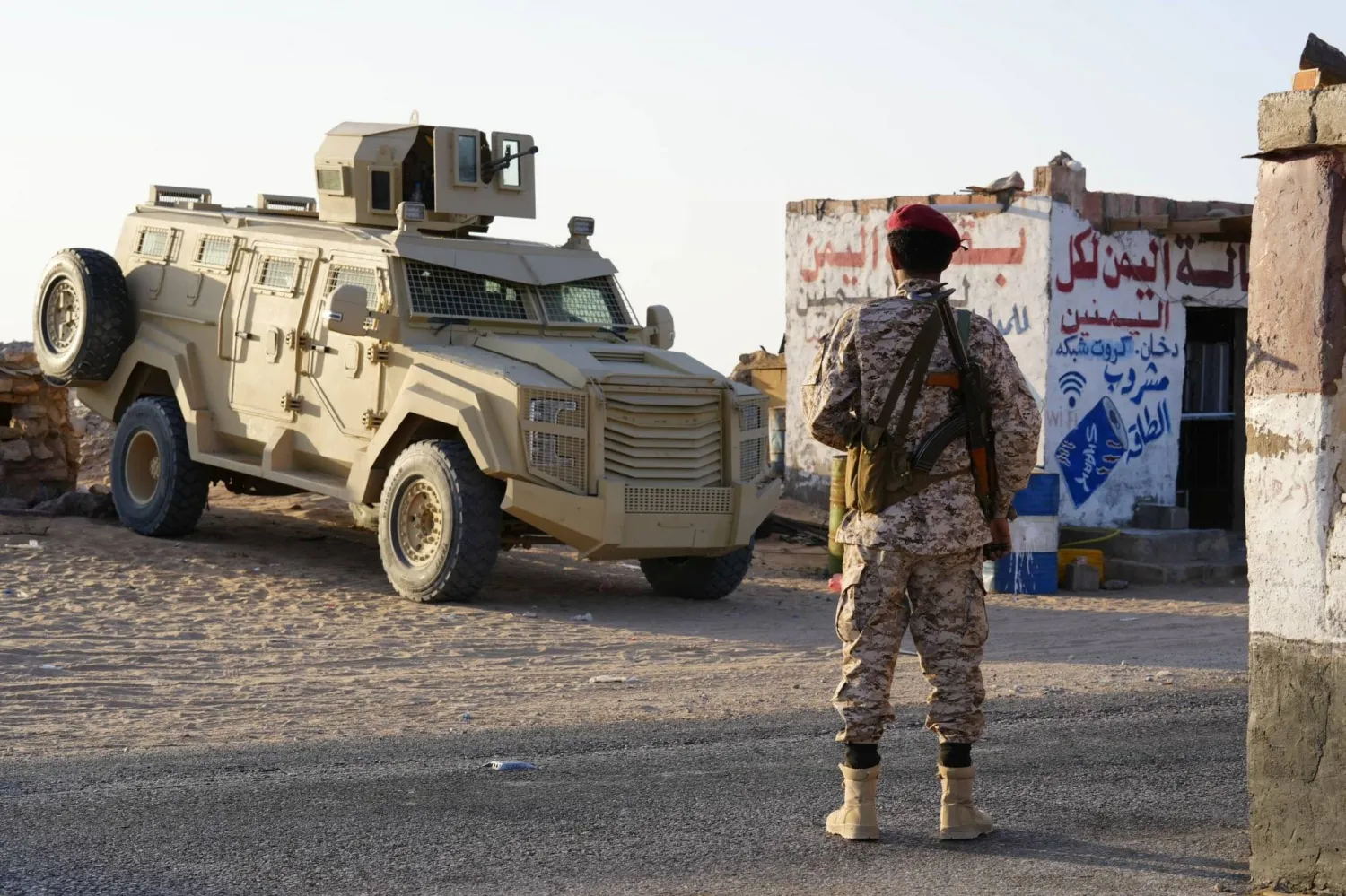One year after a devastating earthquake struck Morocco’s Atlas mountains, just 1,000 homes have so far been rebuilt although more than 55,000 permits have been issued.
The 6.8-magnitude quake on September 8, 2023 shook the remote mountainous area south of the capital Rabat, killing nearly 3,000 people and destroying or damaging around 60,000 homes.
Following the catastrophe, an $11-billion aid program over five years was released for reconstruction and development in the six provinces affected.
Nearly a thousand families were praised for their success in completing the reconstruction and rehabilitation of their homes, according to a statement released last week by the cabinet presidency.
It said this came despite the issuance of 55,142 reconstruction permits and progress on reconstruction and rehabilitation projects for 49,632 damaged homes.
Nearly 58,000 people affected by the quake have received the first of four instalments of state aid of up to 140,000 dirhams ($14,500) but just 939 families have received the final payment.
Such grants are conditional on obtaining the necessary permits, technical studies and validation by a project manager of the various phases of construction.
The head of the government urged those affected to “speed up their work to be able to benefit” from the financial aid available.
In return, several activists, such as Mohamed Belhassen, criticized the government for its “dismal failure” of reconstruction efforts.
Belhassen, who lives in Amizmiz, some 60 kilometers from Marrakesh, told AFP, “A large number of victims are still living in tents or have been forced to leave their villages and rent elsewhere.”
In the Taroudant region some 60 kilometers from Agadir, “the situation hasn’t changed much,” said Siham Azeroual, who founded an NGO to help villagers in the North African country hit by the quake.
“Reconstruction is proceeding very slowly,” she said. Quake victims “are exhausted, and find themselves caught up in an administrative spiral.”
Meanwhile, the authorities say monthly grants to more than 63,800 affected families of 2,500 dirhams ($260) have been made.









